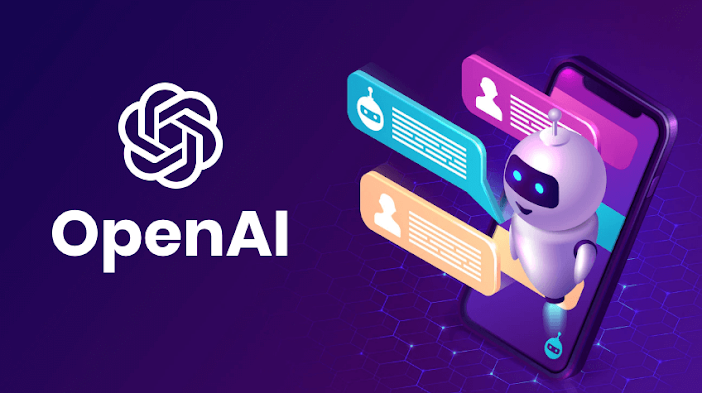How to Use OpenAI Chatbot: Complete Guide with Tips and Tricks
 |
| How to Use OpenAI Chatbot: Complete Guide with Tips and Tricks |
OpenAI's chatbot technology has revolutionized the way we interact with AI systems. These powerful language models can assist with a wide range of tasks, from answering questions to generating text and even providing creative content. Whether you're a business owner looking to automate customer support or a creative writer seeking inspiration, OpenAI's chatbots can be a valuable tool. In this complete guide, we'll explore how to use OpenAI chatbots effectively, along with some tips and tricks to get the most out of them.
Getting Started with OpenAI Chatbots
1. Choose the Right API
OpenAI offers different APIs for chatbots, such as GPT-3.5 Turbo. Select the API that best fits your needs, considering factors like cost, usage limits, and performance.
2. Understand the Basics
Familiarize yourself with the basics of using the API. You'll need to make API calls by sending prompts and receiving responses. OpenAI's documentation provides detailed information on how to structure these requests.
3. Experiment with Prompts
Start by experimenting with prompts. These are the messages you send to the chatbot to generate responses. Be clear and concise in your prompts, and don't hesitate to iterate to get the desired output.
Tips for Using OpenAI Chatbots
4. Control the Temperature
The "temperature" parameter in the API call controls the randomness of the generated text. Higher values like 0.8 make the output more creative and unpredictable, while lower values like 0.2 make it more focused and deterministic. Adjust this parameter to suit your needs.
5. Use Max Tokens
The "max_tokens" parameter allows you to limit the length of the generated response. This is useful for controlling the length of the output and avoiding overly verbose responses.
6. Give Specific Instructions
To get accurate and relevant responses, be specific in your instructions. If you want a summary of a document, specify the length and format you desire. Clear instructions lead to better results.
7. Post-process Output
Sometimes, the chatbot's output may need post-processing to improve coherence or formatting. Use a simple script to clean up the text if necessary.
Tricks for Optimizing OpenAI Chatbots
8. Build Conversation History
To create dynamic and context-aware conversations, maintain a conversation history. Keep track of previous messages and include them in the conversation when making API calls.
9. Incorporate User Messages
Mix user messages with system messages to make the interaction more conversational. This helps the chatbot understand and respond to user input effectively.
10. Fine-tune Your Model
If you have access to fine-tuning capabilities, consider fine-tuning the chatbot model on your specific domain or dataset. This can greatly enhance its performance for specialized tasks.
Use Cases for OpenAI Chatbots
11. Customer Support Automation
Integrate OpenAI chatbots into your website or application to provide instant customer support. Chatbots can answer common queries, troubleshoot issues, and escalate complex problems to human agents.
12. Content Generation
Leverage chatbots for content creation. Whether you need blog post ideas, product descriptions, or creative writing, OpenAI chatbots can assist in generating text for various purposes.
13. Language Translation
Use chatbots to translate text between languages. They can be a quick and convenient tool for real-time translation needs.
14. Data Analysis
Chatbots can help analyze and summarize large volumes of text data. You can extract insights, trends, and key information from text documents with their assistance.
Best Practices and Ethical Considerations
15. Be Mindful of Bias
Ensure that your prompts and instructions do not inadvertently introduce bias into the chatbot's responses. Monitor and review the output for fairness and accuracy.
16. Monitor and Refine
Regularly monitor the chatbot's performance and collect user feedback. Use this information to refine your prompts and instructions for better results.
Conclusion
OpenAI chatbots offer incredible capabilities for a wide range of applications. By following the tips and tricks outlined in this guide, you can harness the full potential of these AI models. Whether you're streamlining customer support, generating content, or exploring new creative avenues, OpenAI chatbots can be your trusted companions in the world of artificial intelligence. Just remember to use them responsibly and ethically, keeping an eye on their outputs to ensure they align with your goals and values.

Post a Comment